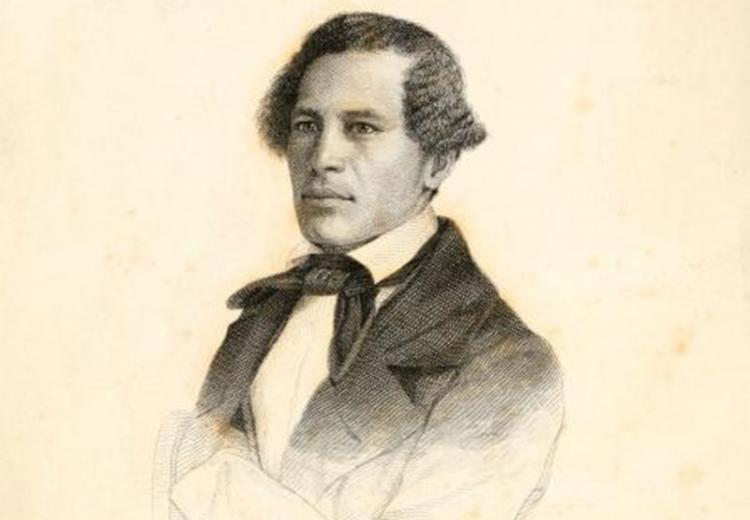Perspective on the Slave Narrative

Narrative of William W. Brown, a fugitive slave.
The Narrative of William W. Brown, An American Slave (1847), along with the Narrative of the Life of Frederick Douglass (1845), set the pattern for the slave narrative, one of the most widely-read genres of 19th-century American literature and an important influence within the African American literary tradition.. To help students recognize the complex nature of the slave narrative and its combination of varied literary traditions and devices, this lesson explores Brown's work from a variety of perspectives. Students first consider the narrative as a historical record, examining episodes that describe the conditions Brown lived through as a slave. Next, they examine it as a work of literature, investigating the rhetorical techniques Brown uses to shape his experiences into a story. Third, students consider the work's political dimension, weighing the arguments that Brown presents as an abolitionist spokesman and the degree to which his narrative should be treated as political rhetoric. Finally, students approach the narrative as an autobiography, a work of self-actualization in which Brown charts a spiritual as well as a literal journey to freedom. To conclude the lesson, students produce an essay explaining how Brown's narrative challenged the prejudices of readers in his own time and how it challenges prejudices today.
Guiding Questions
What role did the slave narrative have both in historical and in literary traditions?
How did William Brown’s narrative contribute to the abolitionist movement?
Learning Objectives
Describe the slave narrative and its importance in the abolitionist movement
Gain experience in working with the slave narrative as a resource for historical study
Evaluate the slave narrative as a work of literature
Examine the slave narrative and other documents in the context of political controversy as an argument for abolition
Explore themes of self-actualization and spiritual freedom within the slave narrative
